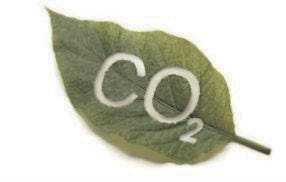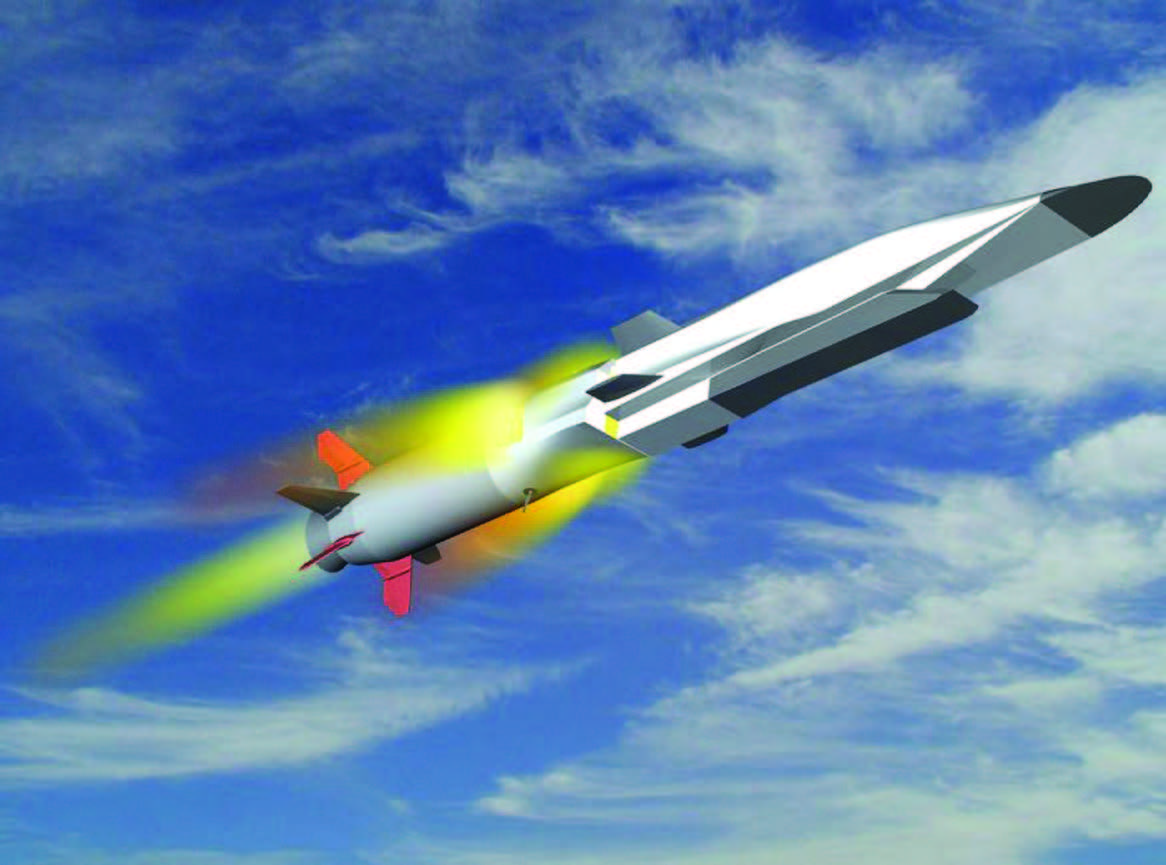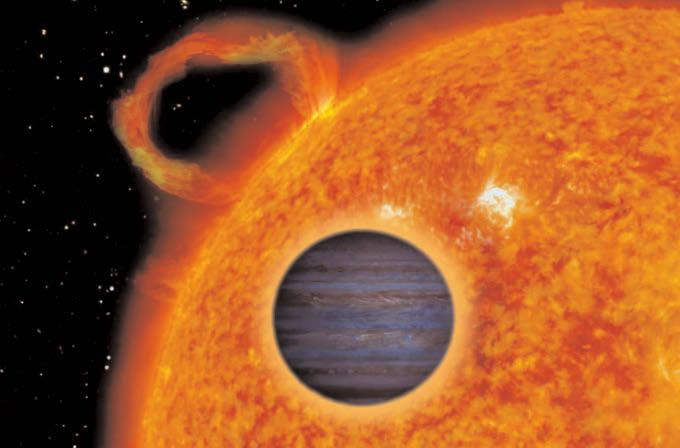
NEW DELHI (TIP): A long standing environmental mystery appears to have been solved – and it may contain lessons for today’s runaway global warming. Scientists have long puzzled over the fact that twenty thousand years ago, carbon dioxide concentrations in the atmosphere fell so low that the earth was enveloped in ice, the era now known as the Ice Age.
A research published in the leading journal Nature on Thursday shows that a big part of the answer lies at the bottom of the world. Sediment samples from the seafloor, more than 3 kilometers beneath the ocean surface near Antarctica, support a long-standing hypothesis that more carbon dioxide was dissolved in the deep Southern Ocean at times when levels in the atmosphere were low.
Among other things, the study suggests that during the ice age, the deep Southern Ocean carried much smaller amounts of oxygen than today. This indicates that photosynthetic algae, or phytoplankton, were taking up large amounts of carbon dioxide near the surface. As dead algae sank to the depths, they were consumed by other microbes, which used up the oxygen there in the process.
The scientists found chemical fingerprints of the oxygen level by measuring trace metals in the sediments.
The evidence “is a long-sought smoking gun that there was increased deep ocean carbon storage when the atmospheric CO2 was lower,” said Sam Jaccard, lead author at the University of Bern, Switzerland.
Coauthor Robert Anderson, a geochemist at Columbia University’s Lamont-Doherty Earth Observatory, said the study “finally provides the long-sought direct evidence that extra carbon was trapped in the deep sea by the buildup of decaying organic matter from above.” He added, “It’s also clear that the buildup and release of CO2 stored in the deep ocean during the ice age was driven by what was happening in the ocean around Antarctica.”
The study also shows that variations in carbon-dioxide storage in the Southern Ocean were probably behind a series of natural “wobbles” in atmospheric levels of about 20 parts per million that took place over thousands of years.
It futher suggests that the wobbles were probably caused by changes in the amount of iron-rich dust, which fertilizes phytoplankton, being blown from land onto the ocean surface. Levels may also have been influenced by varying amounts of carbon being released from the deep ocean as ocean currents changed, said the authors.
While the natural 20-part-per million wobbles took thousands of years to happen, carbon dioxide levels have risen that much in just the last nine years, due to human emissions.
Levels are now about 400 parts per million, versus about 280 in the early 1800s. “The current rate of emissions is just so fast compared to the natural variations that it’s hard to compare,” said coauthor Eric Galbraith of the
Autonomous University of Barcelona. “We are entering climate territory for which we don’t have a good geological analog.”





Be the first to comment